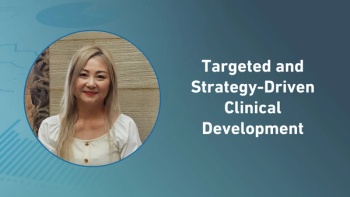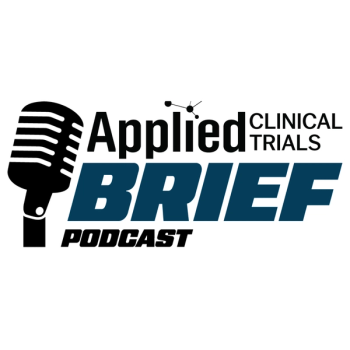
2025 DIA Annual Meeting: Preparing Operational Teams for AI Workflows in Drug Development
Peter Ronco, CEO, Emmes, explains how the company is investing in transparent goal setting, comprehensive education, and evolving talent strategies to embed AI-driven workflows across all teams—transforming the culture to embrace technology as a catalyst for innovation and efficiency in clinical development.
At the DIA Annual Meeting, Peter Ronco, CEO, Emmes, emphasized the underrecognized but impactful role of the public sector—particularly the NIH and FDA—in advancing tech-enabled clinical development. These agencies have pioneered the use of AI and large language models for tasks such as automating IND submissions, optimizing protocol design, and leveraging decades of complex data to improve trial execution and patient recruitment. Ronco also dispelled common misconceptions about AI, stressing that while it enhances efficiency, human oversight remains essential. To fully realize AI’s potential, organizations must invest in education, culture change, and talent development. Looking ahead, the vision is for AI-driven workflows to become standard practice, helping reduce animal testing, improve regulatory processes, and address health disparities, all while establishing clear ethical and privacy standards globally.
ACT: How are you at Emmes preparing operational teams to work with AI-driven workflows—what’s the cultural or training investment needed to enable that shift?
Ronco: The first part of your question was about the cultural shift, and that’s really where it all starts. We need to ensure that we're positioning AI across the entire company in a transparent and strategic way—by setting ambitious goals and clearly defining the expected time savings and efficiency gains. It has to be integrated into every program, every client conversation, and every internal discussion. We should constantly ask: How are we leveraging AI-driven workflows and approaches in our studies?
The second key piece is education. Everyone—whether you're a clinician, statistician, data manager, or in business development—needs to become fluent in how AI and large language models can be applied across the full drug development value chain.
Third, we need to acknowledge the evolution of talent. You might have been a highly successful statistician for 15, 20, or even 30 years, but the reality is your skill set must continue to evolve. These tools are changing the game, and we need to make sure teams aren’t working around them or duplicating efforts. Instead, we should be fully embracing them—streamlining processes and SOPs to make them truly fit for purpose in this new era.
Finally, we must measure success and impact. When all these pieces come together, they can drive a real cultural shift—where AI is no longer feared or viewed as a threat to our jobs. Instead, it becomes a tool that frees us from some of the more routine or tedious aspects of our work, allowing us as scientists and development leaders to focus on building and executing better studies.
Full Interview Summary: At the DIA Annual Meeting, Peter Ronco discussed how the public sector is quietly but effectively driving innovation in tech-enabled clinical development, often outpacing private industry in applying AI and data science. While commercial entities tend to be louder about their AI capabilities, public agencies like the NIH and FDA have led groundbreaking efforts in automating regulatory processes, leveraging large-scale longitudinal datasets, and supporting experimental applications of AI in protocol design and patient recruitment.
Specific NIH-led initiatives include the automation of IND submissions and protocol generation, as well as the use of legacy registries to identify trial participants and optimize study designs. These innovations have not only enhanced efficiency but also introduced a more scientifically rigorous approach to clinical research.
However, Ronco emphasized that several misconceptions around AI need to be addressed. One is the belief that AI can fully replace human oversight, whereas in reality, human judgment remains crucial for decision-making. Another is the assumption that AI is only useful for automating routine tasks; in fact, it also drives better protocol design and research methodology. Additionally, while some believe AI adoption will be slow, its rapid uptake may in fact be underestimated.
To integrate AI into operations, organizations must embrace a cultural shift. This includes transparent goal setting, cross-functional education on AI applications, talent development to support evolving skillsets, and a focus on measuring impact. Rather than being feared, AI should be viewed as a tool that removes tedious tasks and empowers researchers to focus on high-value work.
Looking ahead, Ronco envisions AI becoming a standard part of clinical research. Long-term goals include reducing animal testing, transforming regulatory reviews, improving post-market surveillance, addressing health disparities, and establishing global standards for ethical data use.
Newsletter
Stay current in clinical research with Applied Clinical Trials, providing expert insights, regulatory updates, and practical strategies for successful clinical trial design and execution.





.png)



.png)



.png)
.png)
